Balance, cognition and memory
If we have forever considered that the vestibular system was the one that created balance in an unbalanced state, when looking at recent literature, one can consider that this primitive balance system is a component of much refined human functions.
We consider that it can be logical to associate the vestibular system to growth of the brain in our ancestors in the light of Graf and Klams’s work where they state that this specific sensory system has evolved over 500 million years (1).
One of many to recognize that the vestibular system projects to the cerebral cortex was Canada’s own, Wilder Penfield!
In the 90’s, Paul Smith and colleagues investigated the role of the vestibular system in rodents. They determined that it was in direct relationship with the hippocampus and that, via this mechanism, it had an impact on spatial memory (2).
These realizations provided further clarity on how the vestibular system can be involved in cases of dementia (3), psychiatric illnesses (4) and cognitive decline in the elderly (5).
As if this wasn’t enough, some even make the link between the vestibular system and our perception of self and consciousness (6).
It is with this in mind that we consider that, in a context where we intervene to improve the resiliency of this balance system.
- Graf, W., and Klam, F. (2006). Le système vestibulaire: anatomie fonctionnelle et comparée, évolution et développement. C. R. Palevol.5, 637–655. doi: 10.1016/j.crpv.2005.12.009
- Smith, P. F., and Zheng, Y. (2013). From ear to uncertainty: vestibular contributions to cognitive function. Front. Integr. Neurosci.7:84. doi: 10.3389/fnint.2013.00084
- Previc, F. H., Krueger, W. W., Ross, R. A., Roman, M. A., and Siegel, G. (2014). The relationship between vestibular function and topographical memory in older adults. Front. Integr. Neurosci.8:46. doi: 10.3389/fnint.2014.00046
- Gurvich, C., Maller, J. J., Lithgow, B., Haghgooie, S., and Kulkarni, J. (2013). Vestibular insights into cognition and psychiatry. Brain Res. 1537, 244–259. doi: 10.1016/j.brainres.2013.08.058
- Semenov, Y. R., Bigelow, R. T., Xue, Q. L., Lac, S. D., and Agrawal, Y. (2015). Association between vestibular and cognitive function in U.S. adults: data from the National Health and Nutrition Examination Survey. J. Gerontol. A Biol. Sci. Med. Sci. doi: 10.1093/gerona/glv069. [Epub ahead of print].
- Lopez, C., Halje, P., and Blanke, O. (2008). Body ownership and embodiment: vestibular and multisensory mechanisms. Neurophysiol. Clin.38, 149–161. doi: 10.1016/j.neucli.2007.12.006


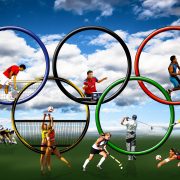
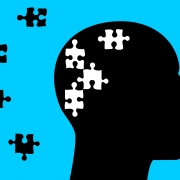
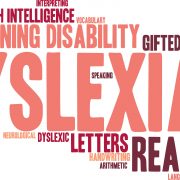



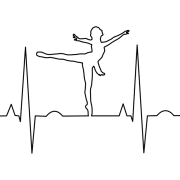
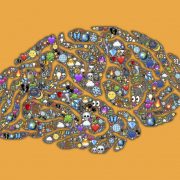
Leave a Reply